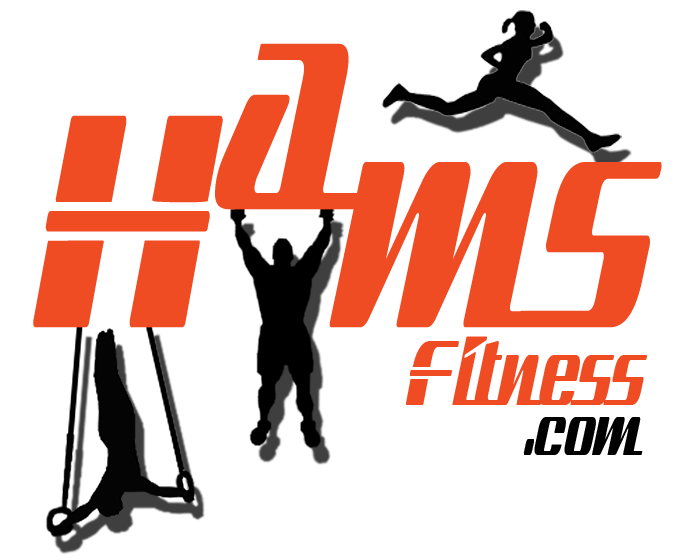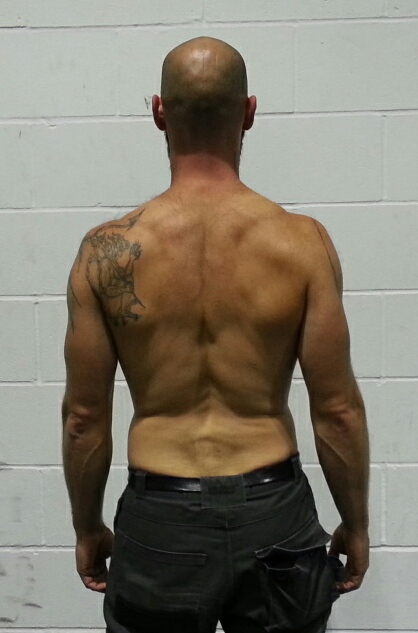Natural Hypertrophy, lift heavy or light?
Hypertrophy is not just for bodybuilders or those of us wanting to look like an extra from Baywatch. It also happens to be the best way to increase metabolism, fight aging and stay healthy (I am not talking about the bloated behemoths we see in bodybuilding media such as Bodybuilding.com or Flex).
Natural body building has been a fountain of youth for as long as people have connected the dots between hard work, smart dieting and belonging on a plinth in Athens. Striving to achieve a lean and athletic physique (which is what you get from natural body building) has been chased for hundreds, probably thousands of years.
Lean, athletic, muscular. Natural
As soon as “buff” became mainline cool in the 1980’s, commercial interests have done both great things to help us get there (more research, equipment and facilities to train in) and horrendous things (drug laced supplements/misleading claims and the image of a bloated monster being associated to body building). With so many authorities fighting to put out new material in a field where so little is actually required it is easy for the casual reader to be utterly confused.
I get confused, which is either as sign of me losing my marbles or that there is so much new information flowing in my direction I find it hard to sort the crazy from the marbles.
80’s made buff cool
How many different ways are there for a magazine to say “Lift weights, eat right”?
My first response to that should have been “not many” but I know better. Bomb, blitz, vector, power training, wave loading, eccentric training, plyometric, full body, double splits, amino acids, pro hormones, fat burners, high frequency, low volume, fatigue rates and so many more ways to fluff an old pillow.
No really, it’s yours for a one time fee of….
We know that lifting heavy objects helps people get bigger, stronger and healthier (for the most part) but it seems that is purely a means to an end: a way to recruit the muscle fibres/motor units which are most likely to grow (the big lazy ones).
A Quick Lesson (skip if you already understand the basics of muscle recruitment)
A very crude and basic run down:
A muscle is made of lots of muscle fibres which are separated into “groups” called motor units and the fibres in each group all work together or not at all (all or nothing principle).
We have motor units that control small, weak and very enduring fibres to motor units that control big strong and easily fatigued muscle fibres (these ones grow well) with everything in-between.
The bigger the motor unit the harder it is to get them do any work. Think of them as moody teenagers: they have loads of potential if you can just get them going.
We can get them to jump into action by lifting something heavy or lifting something not so heavy lots of times until we fatigue. Basic but enough for now.
Back to it…
Using fatigue to recruit the big muscle fibres is currently taking a beating in the online world but it still works and is used by literally millions of natural trainees the world over.
There is a current trend toward force or weight on the bar as the sole means to getting bigger and stronger with a view that if you are not lifting heavy all the time then you are wasting effort or some how copping out but this simply isn’t the case and reminds me a little of the school playground…the primary school.
An ego driven relic of the 90’s?
Yes, lifting heavy at some stage in your training life is a good idea for many reasons and can spur new gains BUT it really doesn’t appear to be all about the force/torque a muscle experiences.
TIME and how much of it the big muscle fibres spend in a recruited state: with longer being better most of the time and up to a very observable point where more becomes less. Confused?
More time with the big muscle fibres recruited is good but there comes a point where the extra time spent working offers so little additional stimulus that you are simply wearing yourself down. From what I can tell in the research it appears to be around five (ish) sets or 60 (ish) seconds total recruitment time per workout.
Pull the big muscle fibres into play by lifting heavy OR lifting lighter to fatigue. Time spent at recruitment counts and can be achieved in both ways.
Doing something is better than reading about doing it
If you were worrying how much weight you are lifting, relax Mr (or Mrs) Highly Strung and start worrying about how hard you work and how smart your technique is. As a Personal Trainer I see a far greater need for technique correction on a daily basis than heavier weights.
In fact I will be so bold to say that if you are seeking muscle mass but are chasing the bench record in your local gym you’d probably be better served if you dropped the weights by 10-20% and pushed the fatigue envelope a little and flirted with your mental toughness for a while rather than battering your AC joint to an early replacement.
Next time you read that it is all about weight on the bar or force you can take solace knowing that is merely a means to an end and recruitment is that end.
If you are anything like me you probably have body parts that feel like you got thrown from a moving car and the thought of going heavy drains your will. Use lighter loads taken to fatigue to get the same muscle building effects without the bone grinding loads.
Having said that…
Not everyone I have encountered is comfortable with fatigue based training (usually big boned fast twitch dominant). Some revel in it and are able to embrace the discomfort and reap the rewards whilst others simply find it too much and thus get little from it as they have a hard time recruiting the big muscle fibres with fatigue based protocols.
It takes guts to get under heavy loads but it takes tenacity to endure fatigue. Both are impressive and both have worked
If you hate lifting heavy, be willing to lift in a metabolic state of discomfort
If you hate metabolic pain then get under the heavy bar
If you hate both….hmmm perhaps another past time?
Different strokes, different folks…
I have the pleasure of chatting with some of the worlds best masters bodybuilders from the golden age of California’s bodybuilding scene and the ones with the best physiques into their 60’s are the ones that stopped chasing record weights in their twenties and focused on work quality with lighter loads. There is wisdom to be found from those that walk this path long before us, just listen.
Add to that the evidence showing that torque/force is not a linear relationship with hypertrophy and we begin to see a different pattern for natural hypertrophy stimulation.

